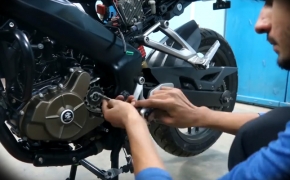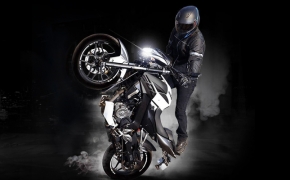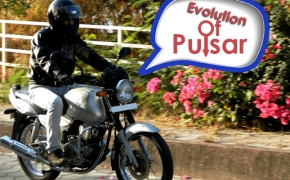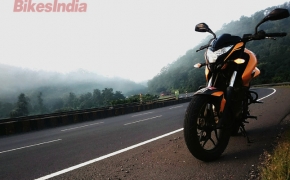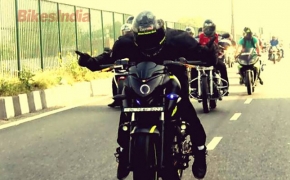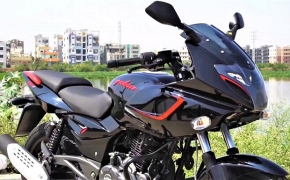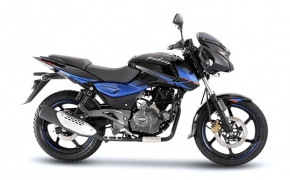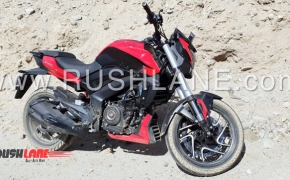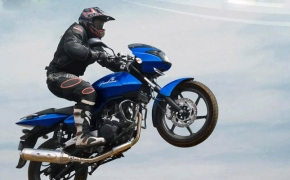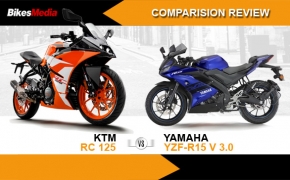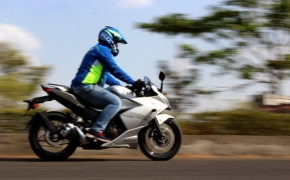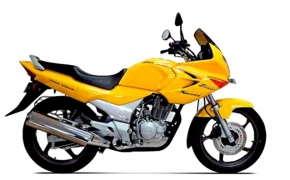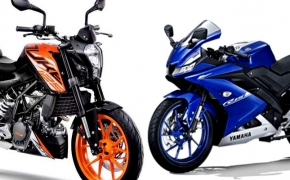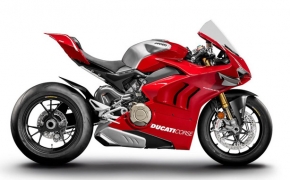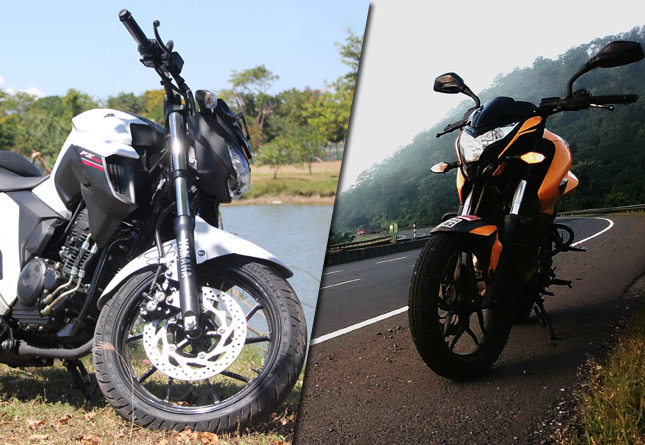 It’s the battle of the Naked motorcycles. Pulsar 200 NS has been in our market, almost unchanged since 2012. It is only challenged by its foreign sibling the KTM Duke 200. On the side of the Japanese, the FZ-25 represents the collective stride of Yamaha’s R&D which has given us a specially designed bike for India. So without wasting any time, let’s compare these two and settle the score.
It’s the battle of the Naked motorcycles. Pulsar 200 NS has been in our market, almost unchanged since 2012. It is only challenged by its foreign sibling the KTM Duke 200. On the side of the Japanese, the FZ-25 represents the collective stride of Yamaha’s R&D which has given us a specially designed bike for India. So without wasting any time, let’s compare these two and settle the score.Engine and performance:
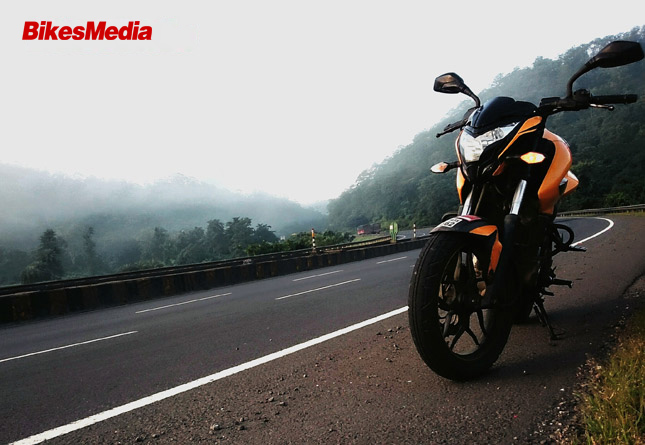 Bajaj Pulsar 200 NS comes with a 4-Valve liquid cooled carbureted engine, whose specialty is its top end. It can rev itself to 9500 RPM and even beyond. The bike’s top speed of 140 km/h is a good indication of how good the top end is. The power delivery is linear but it starts off slow in the low revs, past 4500 RPM is the place to ride this bike because, beyond this point, the bike just flies away. Its specifications include 18.3 NM of torque @ 8000 RPM and 23.5 BHP @ 9500 RPM. The 4-Valve design of the engine, allows it to rev higher than the competition and the triple-spark makes sure that the combustion doesn’t release unburned hydrocarbons and more Carbon mono-oxide.
Bajaj Pulsar 200 NS comes with a 4-Valve liquid cooled carbureted engine, whose specialty is its top end. It can rev itself to 9500 RPM and even beyond. The bike’s top speed of 140 km/h is a good indication of how good the top end is. The power delivery is linear but it starts off slow in the low revs, past 4500 RPM is the place to ride this bike because, beyond this point, the bike just flies away. Its specifications include 18.3 NM of torque @ 8000 RPM and 23.5 BHP @ 9500 RPM. The 4-Valve design of the engine, allows it to rev higher than the competition and the triple-spark makes sure that the combustion doesn’t release unburned hydrocarbons and more Carbon mono-oxide.Yamaha FZ-25 comes with a 2-Valve air and oil cooled fuel injected engine which makes a lot of torque throughout its rev range. It produces 20 NM of torque which hits as soon as 3000 RPM then continues up to the mid-range at 6000 RPM. The power delivered from the 250 cc engine is 20.69 HP, it is intentionally kept low to make the engine a workhorse. As a result, the bike can be used continuously for long hours because the engine always remains underutilized and stress-free. You can be skeptical about the 2-Valve nature of the engine but the fuel-injection somehow makes up for it. The gearing on this bike is low and there are only 5 gears to play with. Unlike the Pulsar, it doesn’t have a smooth top end and past 110 km/h, vibrations start to creep in.
Chassis and Brakes:
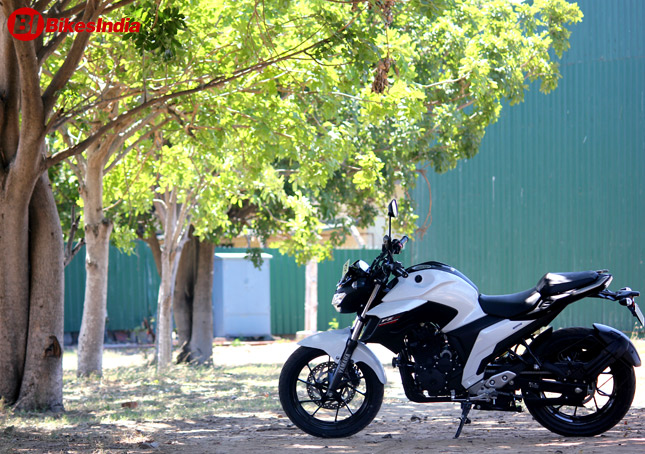 The Pulsar 200 NS uses a Perimeter frame, about which you can read here. Basically, it provides 50-50 weight distribution and a single piece design. The bike sits a little bit high at 805 mm and has a ground clearance of 170 mm. The front forks are 37 mm in size and offer decent ride quality, the rear suspension is 7-step adjustable for preload and is softly sprung. The raised clip-on provide a comfortable yet aggressive riding position. All these features make the Pulsar 200 NS an aggressive Naked bike. It makes sense to equip the bike with ABS but unfortunately, it is only a Single Channel Unit.
The Pulsar 200 NS uses a Perimeter frame, about which you can read here. Basically, it provides 50-50 weight distribution and a single piece design. The bike sits a little bit high at 805 mm and has a ground clearance of 170 mm. The front forks are 37 mm in size and offer decent ride quality, the rear suspension is 7-step adjustable for preload and is softly sprung. The raised clip-on provide a comfortable yet aggressive riding position. All these features make the Pulsar 200 NS an aggressive Naked bike. It makes sense to equip the bike with ABS but unfortunately, it is only a Single Channel Unit. Find Out Detailed Technical Specifications Of Bajaj Pulsar NS200 And Yamaha FZ25
Yamaha FZ-25 relies on the tried and tested Diamond frame, you can read in detail about it here. The frame uses the engine as a stressed engine, which explains the vibrations we talked about earlier. The seat height of the bike is an accessible 795 mm and the ground clearance is decent but a bit low at 160 mm. The seating is upright and comfortable, the handlebar is a straight one and gives you a wide grip to lean on or stay straight. The bike has good brakes and the stock rubber is also top notch but there is no option for ABS. Overall the bike rides like a conventional commuter with enough power to play around.
Electrical components:
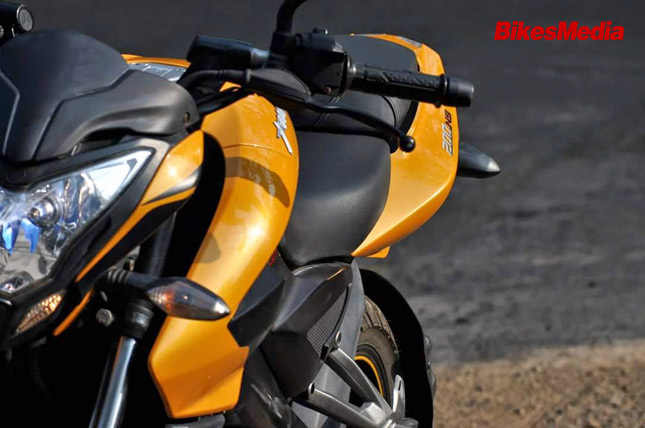 The 200 NS, even in this day and age uses a halogen headlamp. The rear is an LED unit and the switches are backlit, just like any other Pulsar. The instrument cluster is part-digital part-analogue and is easily readable under any weather condition.
The 200 NS, even in this day and age uses a halogen headlamp. The rear is an LED unit and the switches are backlit, just like any other Pulsar. The instrument cluster is part-digital part-analogue and is easily readable under any weather condition. The FZ uses an all-digital instrument console but displays non-conventional information like real-time mileage. Not all of it is displayed at once in the cluster but it can be viewed by pressing a button. A headlamp is an LED Unit and so is the taillight.
Verdict:
Pulsar NS 200 despite of unwanted vibrations that tend to rise at higher Rpm and especially when the bike gets old is priced almost 30K lesser than its Japanese compatriot. On the other hand Yamaha really tried to put together a good package but their habit of skipping equipment like ABS to regulate cost, makes the Pulsar 200 NS, a winner here.












